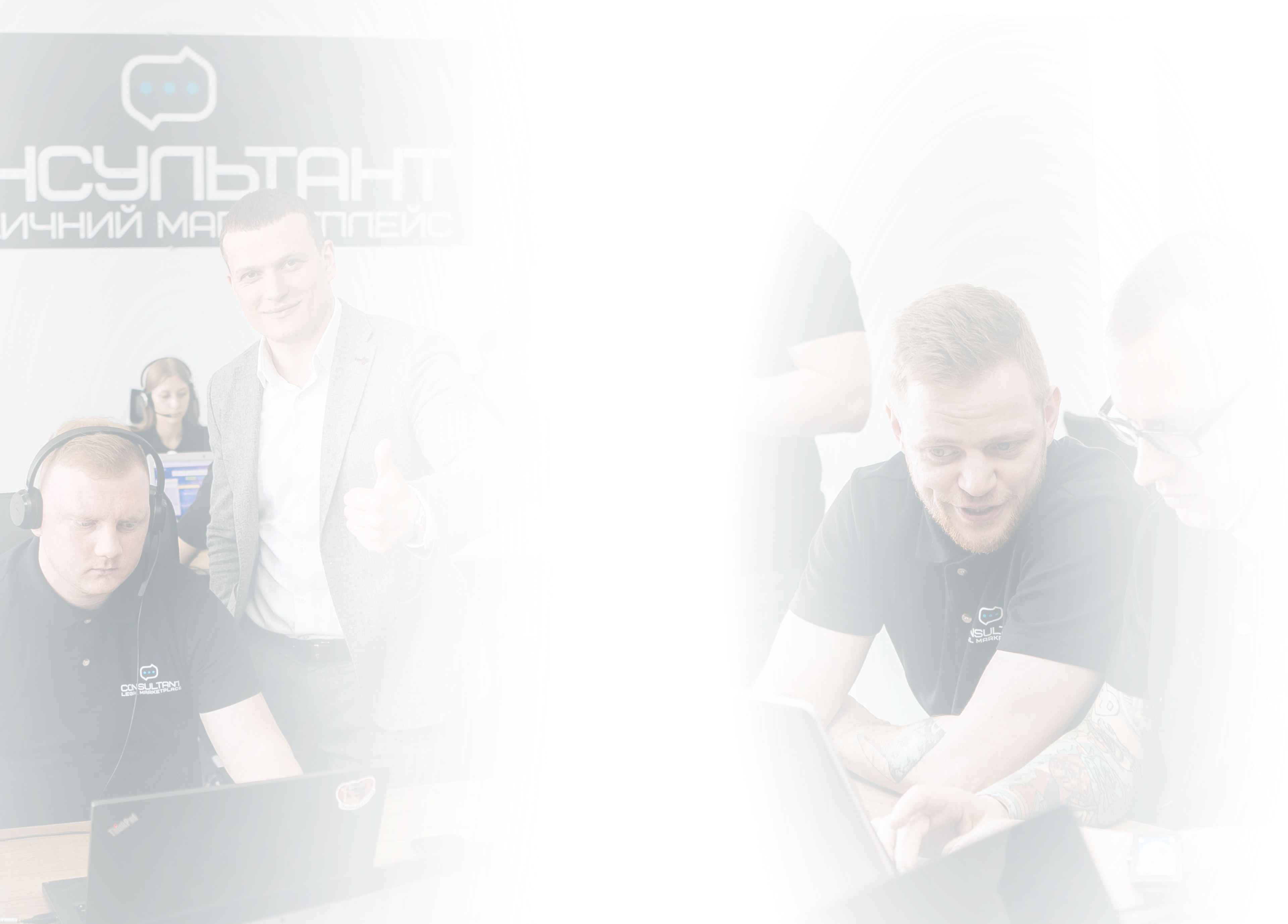Why Do You Need This?
A patent offers you the exclusive right to manage your invention-- whether it's a product, a procedure, or ingenious technology. It enables you to market, license, or restrict others from replicating it. In the United States market, this is not simply lawful protection but additionally an effective instrument for service growth, financier self-confidence, and lasting monetization.
Before beginning, it's necessary to understand how to patent an idea correctly, promptly, and with marginal threat of mistakes, and what steps for a successful license approval are called for by the US Patent and Trademark Office. Filing without specialist assistance can result in expensive mistakes, so legal and technological precision is essential.
Quick Route (What Really Matters)
Patent registration is a multi-step journey that requires strategic thinking and accuracy. Here’s how it works in practice:
- Patent Search. We analyze your invention’s originality and check for prior art. Searching through the US patent office databases helps confirm whether similar technologies exist. If the field is clear, you can proceed safely with confidence.
- Filing Strategy. Choosing between a provisional patent application and a non-provisional one determines your speed and cost. A provisional filing provides quick, temporary protection and establishes “patent pending” status — a mark that signals innovation is under review. Many inventors begin this way while refining their product or seeking investors. (If you’ve ever wondered about the patent pending meaning, it simply means your invention is officially in process and already safeguarded under US law.)
- Specification Preparation. A clear, detailed technical description and properly drafted claims form the foundation of your patent. Strong claims ensure broad, defensible protection against competitors.
- Filing with USPTO. Once the documentation is ready, your attorney files it and communicates directly with examiners. This step requires experience — one small omission can delay or derail approval.
- Responding to Office Actions. If the USPTO requests clarification or revisions, our legal team prepares professional responses. This correspondence phase can determine the success of your application.
- Patent Grant and Maintenance. After approval, your patent remains valid only with timely fee payments and market monitoring. Maintaining rights ensures that your protection doesn’t lapse and that infringers can be challenged effectively.
Knowing how to patent an idea for free may sound appealing, but real legal protection always involves procedural costs. It’s more efficient to invest in proper filing than risk rejection later.
Why You Need a Patent Attorney
Patenting involves more than forms and fees — it’s about strategy. A skilled attorney knows how to get a patent on an idea and ensure it’s enforceable.
Our experts:
- Draft legally sound claims that balance scope and precision;
- Manage examiner communication at the US patent and trademark office;
- Develop strategic plans for international filings (PCT), divisional applications, and market positioning;
- Provide transparent guidance on how much does it cost to patent an idea, helping you budget realistically.
Before proceeding further, it will also be helpful to distinguish trademark vs copyright vs patent — understanding these categories prevents confusion and ensures your intellectual property is correctly protected.
A competent patent lawyer is not an expense — it’s an investment that saves multiple times their cost by avoiding rejection, delay, or litigation expenses.
After Patent Grant
When your patent is granted, the focus shifts from registration to protection and monetization.
Here’s how we support you beyond approval:
- Market Monitoring. We continuously monitor markets and registries for potential infringements.
- Licensing. Patents can generate revenue through licensing or sale. Many clients ask how to patent an idea and sell it — and this is where legal precision pays off. Licensing agreements must be airtight to ensure continuous income and secure intellectual property ownership.
- Court Protection. If infringement occurs, we initiate legal action to stop unauthorized use and recover damages.
- Commercial Strategy. A patent strengthens your company’s image, attracts investors, and adds value to your portfolio.
Understanding how long does it take to get a patent helps you align commercial and financial plans with realistic timelines.
ConclusionProtecting your creation through a license ensures actual lawful protection and business benefit. Understanding the difference between patent vs trademark helps you safeguard both your technology and your brand — one protects innovation, the other identity. With expert lawful assistance, you can transform creative ideas into protected assets that drive lasting service development.





























